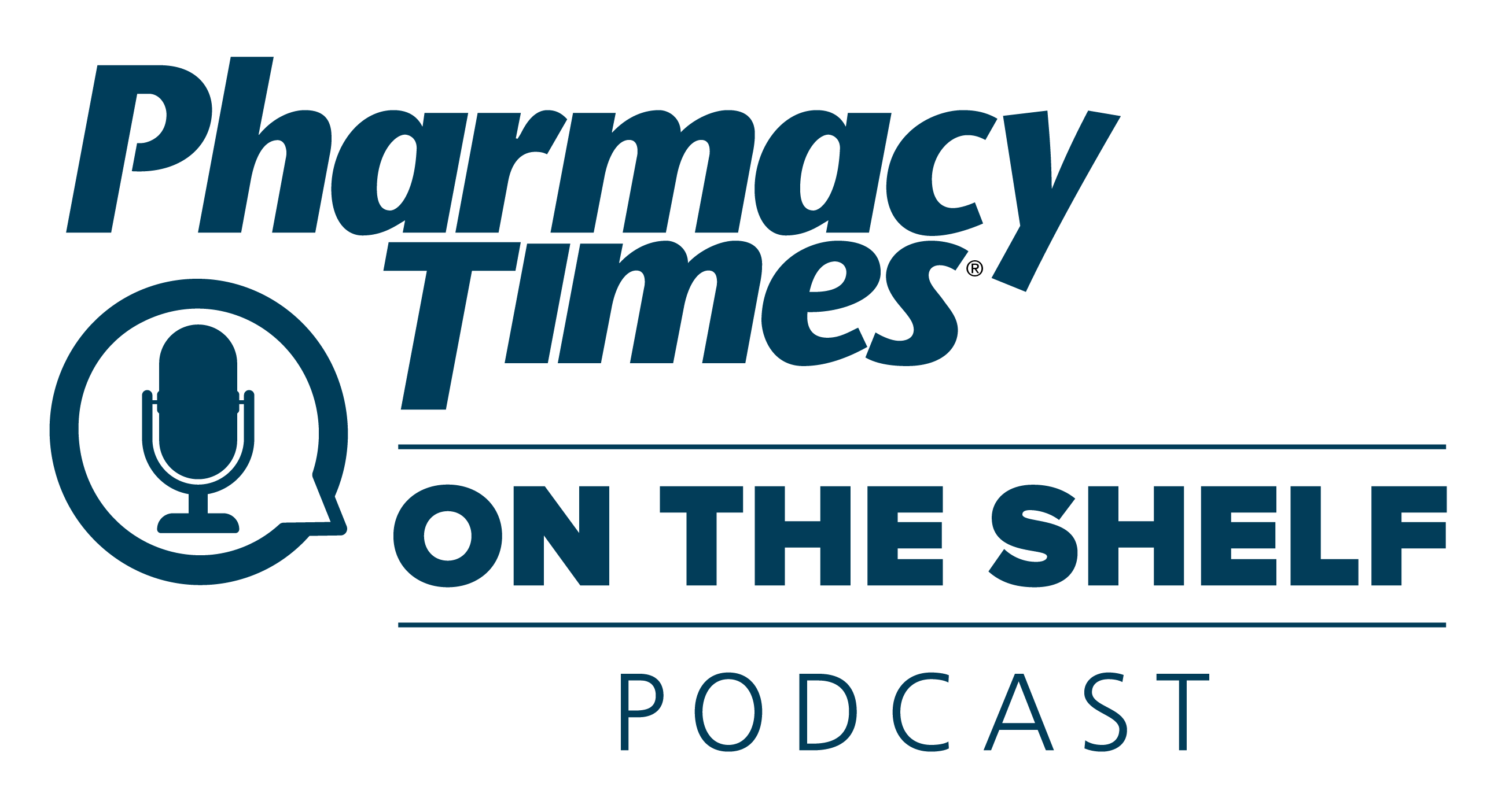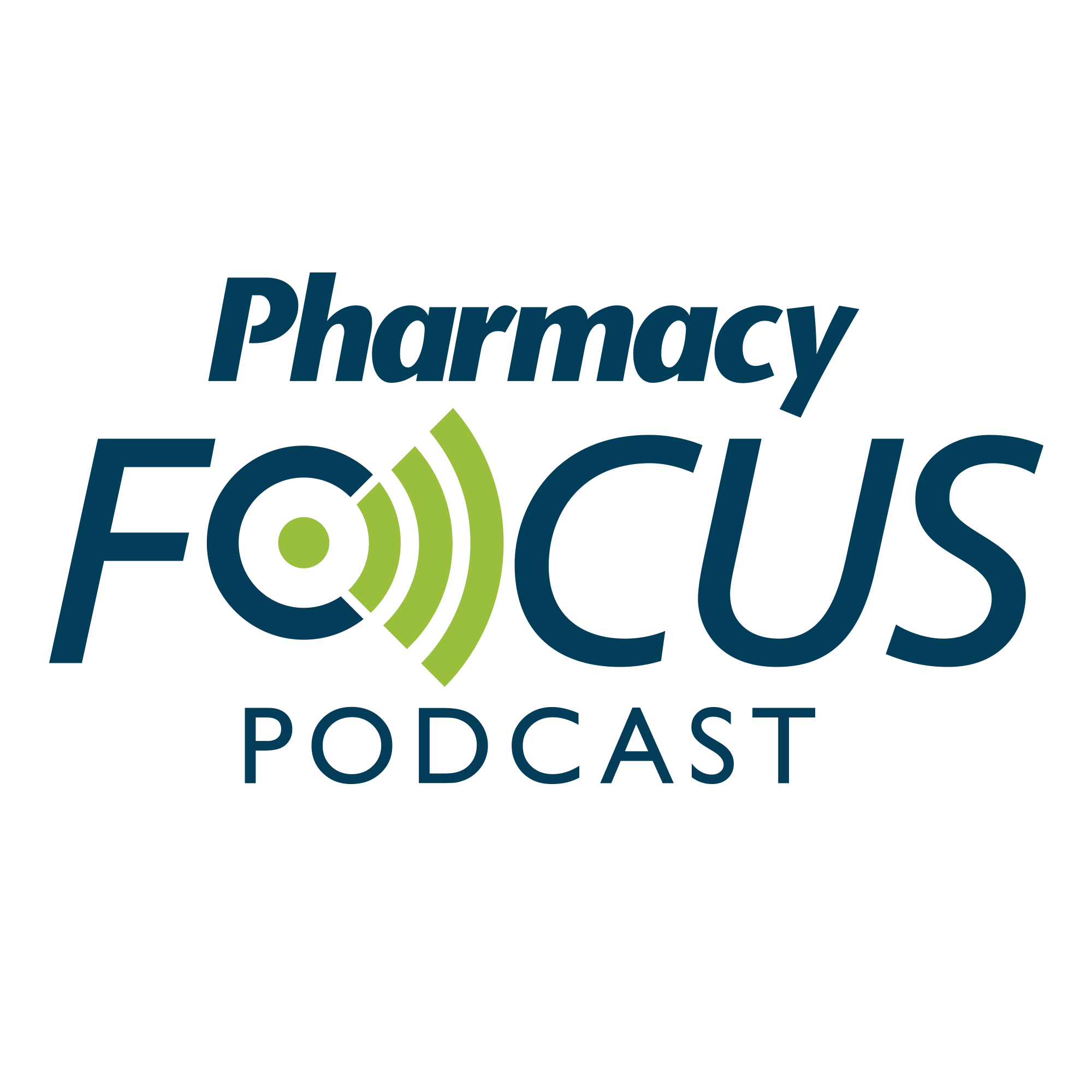Publication
Article
Pharmacy Times
Case Studies
Author(s):
Case studies involving penicillin allergy and rhinosinusitis.
Case 1
SW is a 15-year-old girl who comes to your pharmacy’s urgent care clinic with her mother on a wintry day. SW complains of a sore throat that came on quickly overnight, a headache, and some nausea. She says that she does not have a cough or diarrhea. The nurse practitioner examines SW, finding that her temperature is 101.3°F and seeing patchy tonsillopharyngeal exudates in the back of SW’s throat. A throat swab is performed and a rapid antigen-detection test for group A beta-hemolytic Streptococcus (GAS) produces a positive test result. SW is allergic to penicillin.
Which antibiotic would you suggest be prescribed to treat SW’s GAS pharyngitis?
Case 2
SC is a 49-year-old woman who comes to your pharmacy’s urgent care clinic complaining of persistent facial congestion and pressure; stuffy nose; fatigue; and purulent, discolored nasal discharge for the past 2 weeks. Examination by the nurse practitioner finds that SC has a fever of 102°F. The nurse practitioner makes an empirical diagnosis of acute bacterial rhinosinusitis (ABRS). SC has no known drug allergies.
What treatment regimen would you suggest for SC’s rhinosinusitis?
ANSWERS
Case 1: GAS is the most common bacterial cause of acute pharyngitis, being responsible for 5% to 15% of sore throat visits among adults and 20% to 30% of visits among children. Patients with GAS are typically treated for 10 days with penicillin or amoxicillin. These agents are preferred because of their narrow spectrum of activity, infrequent association with adverse events, and low cost of therapy. However, SW is allergic to penicillin, so alternative agents need to be used. Treatment of GAS in penicillin-allergic patients might include a first-generation cephalosporin (if the patient is not anaphylactically sensitive to penicillin or amoxicillin), clindamycin or clarithromycin for 10 days, or azithromycin for 5 days.
Case 2: Rhinosinusitis is an extremely common condition, with an incidence of 13.4% per year; rates are higher in women and in patients 45 to 74 years of age. Rhinosinusitis can be caused by factors including allergens, environmental factors, and infectious organisms. Bacteria (eg, Streptococcus pneumoniae, Haemophilus influenzae, Moraxella catarrhalis) are the causative organisms in 2% to 10% of infectious cases, with viruses causing the remaining 90% to 98% of cases.
In patients diagnosed with ABRS, empiric antimicrobial therapy should be initiated immediately. The Infectious Disease Society of America (IDSA) recommends amoxicillin—clavulanate 500 mg/125 mg orally 3 times daily (or 875 mg/125 mg twice daily) for 5 to 7 days as the preferred empiric agent in adults who are not allergic to penicillin. In addition, the IDSA recommends that patients (primarily those with a history of allergic rhinitis) use intranasal saline irrigations and intranasal corticosteroids as adjunctive therapy to antibiotics.
function showAnswer() {document.getElementById("answer").style.display = 'block';document.getElementById("link").style.display = 'none';}
Dr. Coleman is professor of pharmacy practice, as well as codirector and methods-chief at Hartford Hospital Evidence-Based Practice Center, at the University of Connecticut School of Pharmacy.







